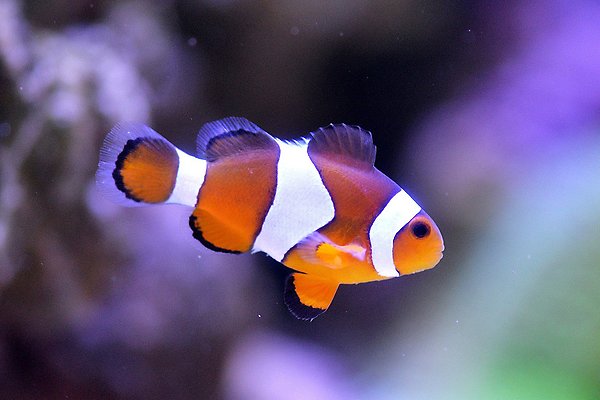Humanimal Studies research group
Drawing on a range of approaches from different disciplines, Animal Studies recognises the significance of animals in human lives. It highlights how “the human” and the “non-human” have always been in “interimplication” with each other (Butler 2004), and articulates how species intersect with other power relations including (but not limited to) gender, class, race, ability, and sexuality.
In contrast to work that examines the oppositional role of animals in the construction of the human, recent research has also demonstrated the interdependencies between human and non-human life and emphasises the “more-than-human” aspects to our social worlds (e.g. Whatmore 2002, Haraway 2008). Pig valves in human hearts, the development and production of vaccines or hormone treatments. Food. Clothing. Cosmetics. Animals and their body parts circulate through our social worlds. Zoos, museums, homes, wilderness: animals populate our worlds and give them meaning. Recognising this point is important for gender studies as it examines gendered spaces and structures. Equally, recognising the gendered aspects of humanimal encounters is important for animal studies.

In many species, gender is a variable trait. This is the case with the clownfish, which is why we chose this non-human animal to represent this group: to point out the intersection between gender and species. Picture from Pixabay.
Despite the significance of animals in human lives, the study of human-animal relations is still a relatively unexplored research area beyond the natural sciences. In part this is due to disciplinary heritages with the humanities and the social sciences attending to the “human” and “society”. This historical manifestation of the nature-culture divide creates a space for transdiciplinary research to occupy. Methods and approaches developed in the humanities and social sciences are helping to develop new understandings of human-animal relationships as we are increasingly made aware of the complex ways that humans and other animals are tied together.
Members
Jacob Bull, Hedvig Gröndal, Claudia Hirtenfelder, Ann-Sofie Lönngren, Andrew Mitchell, Emilie Moberg, Andrea Petitt, David Redmalm, Anna Samuelsson, Erica von Essen, Jami Weinstein, Amelie Björck, Camilla Eriksson, Camilla Flodin, Tora Holmberg, Ingeborg Löfgren, Helena Nordström Källström, Pär Segerdahl
Contact
- If you have questions about the research group, please contact the group coordinator:
- Jacob Bull
